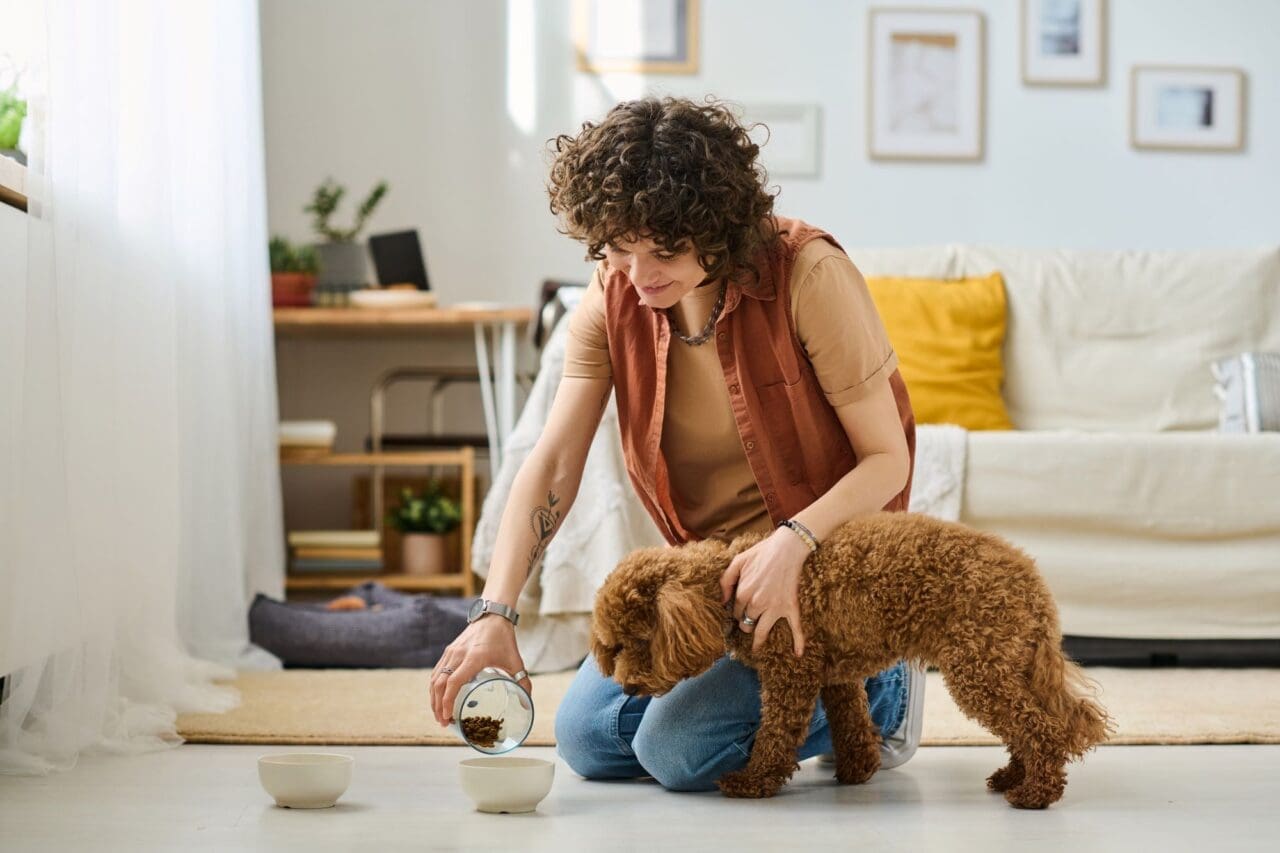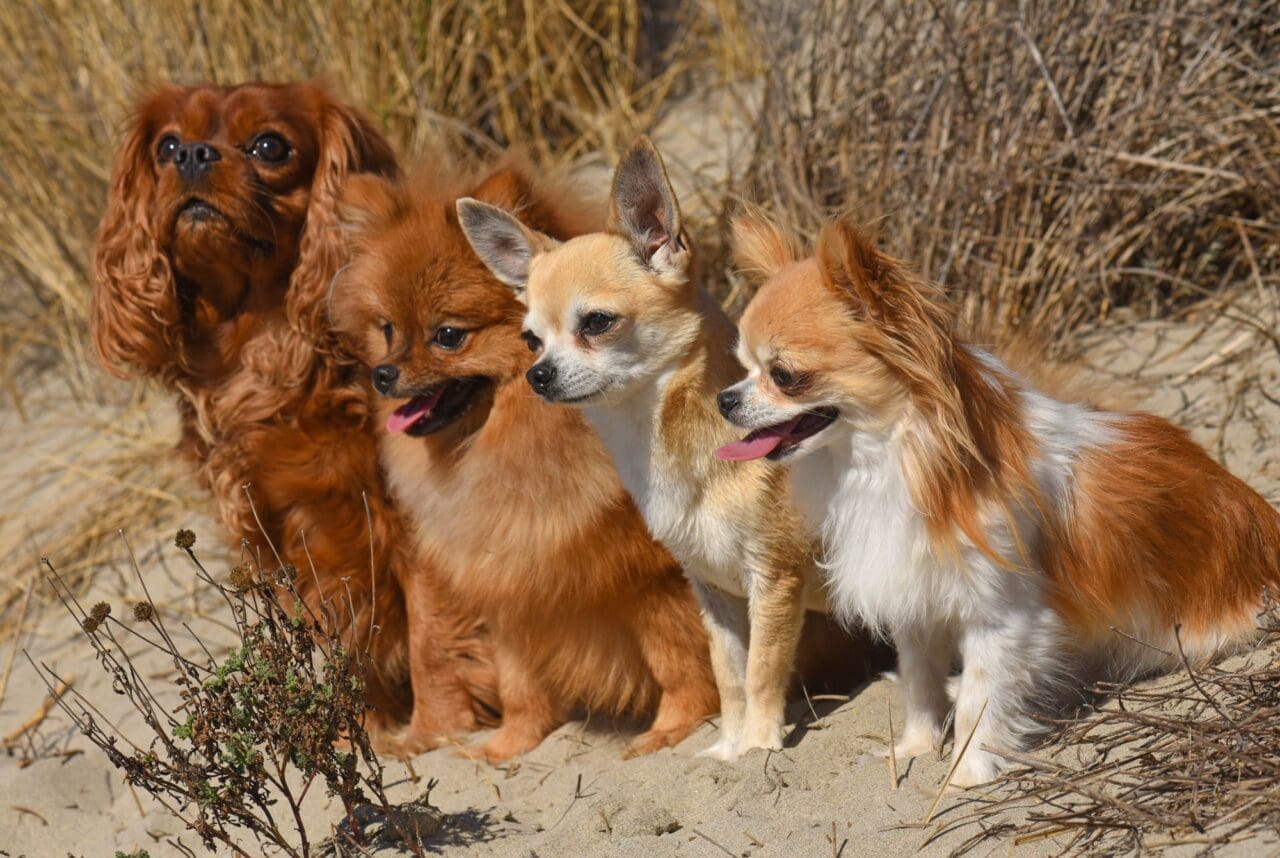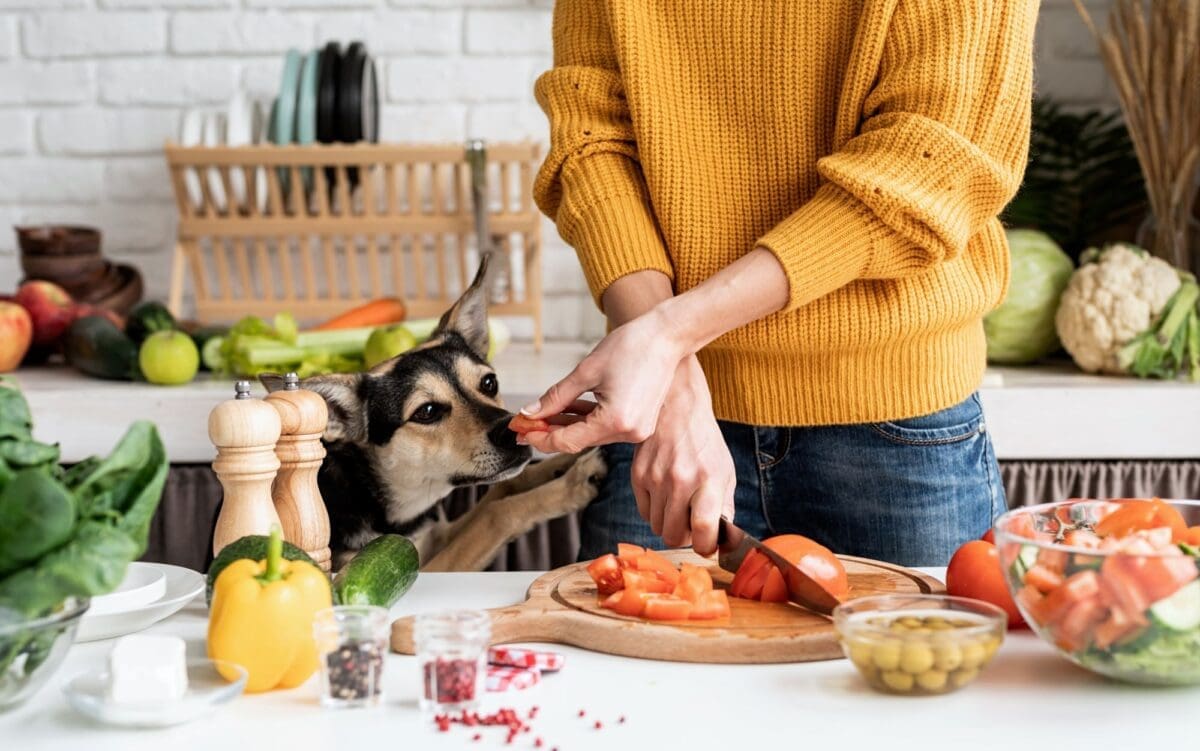10 Low Maintenance Dogs for Busy Lifestyles: Ideal Companions for Active People

Balancing a hectic lifestyle and the desire for canine companionship can be challenging, but choosing the right dog breed can make it manageable. Certain dogs have temperaments and care requirements that are well-suited to busy schedules, offering the joy of pet ownership without the high maintenance. If you’re a first-time dog owner or simply strapped for time, low-maintenance dogs can provide the perfect balance of independence and affection.
Some dog breeds are naturally easier to care for, requiring less exercise, grooming, and attention than others, making them ideal companions for your bustling life. These breeds often possess calm demeanors, adaptability to various living situations, and an innate ability to fit seamlessly into your routine. Understanding which breeds align with your lifestyle will ensure a harmonious relationship with your new furry friend, enriching your life without overwhelming it.
Key Characteristics of Low Maintenance Dog Breeds
When considering a low-maintenance dog breed for your active lifestyle, focus on finding dogs with specific exercise, grooming, training, and social characteristics that suit your routine.
Exercise Needs
Low-maintenance dog breeds often require minimal exercise. Breeds like the Dachshund can satisfy their physical activity needs with a brisk walk or a play session. They can adapt to your busy schedule, allowing you to integrate their physical activity with your daily tasks.
Grooming Requirements
For ease of care, look for breeds with simple grooming needs. Short-haired dogs or those with a wire-haired coat, such as some Dachshunds, often need just a weekly brushing to keep shedding under control. This eliminates the need for frequent visits to the groomer, saving you time and effort.
Training and Intelligence
Choose a breed known for being trainable and intelligent. Breeds like the Havanese are eager to please and can pick up on commands quickly. This makes them ideal for busy owners who need to efficiently train their pets.
Temperament and Social Needs
Your ideal companion is one with a calm and affectionate nature, minimizing the need for constant attention. For example, the Boston Terrier is known for being friendly and loving without being overly demanding. When selecting a dog, it’s important to consider how their temperament fits into your social sphere and daily life.

Top 10 Low Maintenance Dogs for Busy Owners
For those balancing a hectic schedule, certain dog breeds align better with a busy lifestyle. The following breeds typically require less grooming, are less needy, and tend to adapt well to more solitary time.
French Bulldog
French Bulldogs are a top choice for busy owners due to their adaptable nature and minimal grooming needs. They are content with short walks and indoor playtime.
Chihuahua
A Chihuahua might be small, but it packs a punch when it comes to convenience. These tiny dogs have short coats and require minimal exercise, perfect for apartment living.
Dachshund
Dachshunds come in different sizes and coat types, all of which are relatively low-maintenance. The short-haired variety, in particular, offers the benefit of easy grooming.
Greyhound
Despite their size, Greyhounds are surprisingly low-energy indoors and have short coats that are easy to care for. They do appreciate a good sprint occasionally, so a short burst of exercise is sufficient.
Cavalier King Charles Spaniel
The Cavalier King Charles Spaniel is known for its gentle disposition. They have moderate exercise needs and a coat that requires regular brushing but isn’t overly demanding.
Boston Terrier
Boston Terriers are affectionate and easy to groom, with their smooth, short coats. An energetic walk is typically enough to meet their exercise requirements.
Mastiff
The Mastiff breed’s low-energy demeanor makes them suitable companions for less active homes. They have short coats and a calm nature, needing only occasional exercise and regular brushing.
Pug
Pugs are charming little dogs that can thrive in small spaces. Regular cleaning of their facial folds is required, but they otherwise need little grooming and moderate exercise.
Basset Hound
Basset Hounds have a laid-back attitude with exercise needs that match their leisurely personality. Their short coat is easy to maintain, however, they can be prone to obesity without careful diet management.
Brussels Griffon
The Brussels Griffon may need regular brushing, but its compact size and moderate energy make it a good match for apartment dwellers or those with limited free time.

Health and Wellbeing of Low Maintenance Dogs
When selecting a low-maintenance dog breed for your busy schedule, it’s essential to understand their specific health and well-being needs to ensure they lead a fulfilling life.
Nutritional Needs
Your low-maintenance dog requires a balanced diet tailored to their size, age, and activity level. Proper nutrition keeps them in good health and supports their daily functions. Smaller breeds like the Boston Terrier, known for being playful and loyal, may have different caloric needs compared to larger breeds.
- Puppy (Under 1 year): High-quality puppy food rich in protein.
- Adult (1-7 years): Well-balanced adult dog food.
- Senior (7+ years): Senior dog food with fewer calories, but more fiber and essential nutrients.
Exercise Requirements
Even easy-to-train and gentle breeds have exercise needs crucial for preventing obesity and maintaining good health. Breeds like the Papillon enjoy short walks and are quite adaptable to your lifestyle.
- Daily Walks: At least 20-30 minutes for small to medium dogs.
- Playtime: Engage in play that stimulates their playful nature, like fetch or tug-of-war.
Mental Stimulation
Keeping your dog mentally stimulated is as important as physical exercise, especially for easy-to-train breeds that may enjoy learning new tricks. This includes interactive games and toys that cater to their loyal and gentle personalities.
- Puzzle Toys: Encourage problem-solving skills.
- Obedience Training: Reinforces a strong bond with loyal dogs and provides mental engagement.

Living Situations Best Suited for Low Maintenance Breeds
When selecting a low-maintenance dog, it’s important to consider your living environment and lifestyle needs. Certain breeds thrive better in apartments, some are excellent with children, and others offer calm companionship for seniors.
Considerations for Apartment Living
Apartment dwellers should look for dogs that adapt well to enclosed spaces and have moderate exercise requirements. Breeds such as Boston Terriers are known for their friendly and affectionate temperament, making them ideal apartment dogs. They typically require less space and are relatively low on shedding, which is beneficial for keeping your place clean.
Dogs for Families with Children
For families with children, you’ll want a dog that is not only low maintenance but also family-friendly and patient. Breeds like the Whippet are known for their calm temperament and moderate exercise needs, fitting well with busy family schedules. Their gentle nature makes them suitable companions for households with children.
Companions for Seniors
Senior citizens may prefer breeds that offer companionship without requiring excessive grooming or high levels of physical activity. Dachshunds can make great couch buddies for seniors, as they are affectionate and do not demand much grooming, especially the short-haired variety. Their smaller size and manageable exercise needs to align well with the lifestyle of older adults, potentially aiding in reducing feelings of anxiety.
Maintaining a Healthy Relationship with Your Low-Maintenance Dog
Caring for your low-maintenance dog involves more than meeting their basic needs. It requires consistent affection and interaction to ensure they stay happy and healthy. Let’s explore how you can maintain a strong bond with your dog despite a hectic schedule.
Daily Interaction
Set aside dedicated time each day for direct interaction with your dog. This could include playtime, cuddles, or short training sessions. Your dog appreciates even brief periods of undivided attention that make them feel loved and happy.
- Playtime: 10-15 minutes of fetch or tug-of-war to engage their mind and body.
- Affection: Use this time for belly rubs or gentle petting to show you care.
- Mental Stimulation: Puzzle toys can keep your dog entertained even when you’re busy.
Creating a Routine
Dogs thrive on predictable schedules. Establish a routine that includes regular feeding times, walks, and bedtime. This consistency helps your dog feel secure and cared for, reducing anxiety and promoting a calm environment.
- Feeding: Twice a day at the same time (morning and evening).
- Walks: At least once a day, preferably at the same time.
- Sleep: Designate a specific area and time for your dog to wind down at night.
Dealing with Separation Anxiety
If your dog shows signs of separation anxiety, take steps to address it. Gradually increase the time you spend away to get them accustomed to your absence and leave them with a piece of clothing that smells like you to provide comfort.
- Gradual Departures: Start with short absences and slowly extend the time.
- Comforting Items: A well-worn t-shirt can be a source of soothing familiarity.
- Positive Goodbyes: Keep departures and arrivals low-key to minimize stress.
By nurturing your relationship with daily interactions, establishing a routine, and thoughtfully addressing any separation anxiety, you’ll keep your low-maintenance dog feeling loved and secure.

